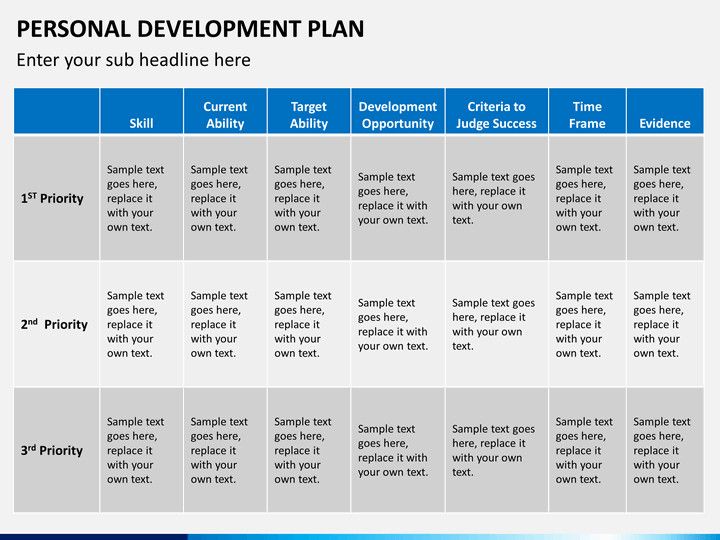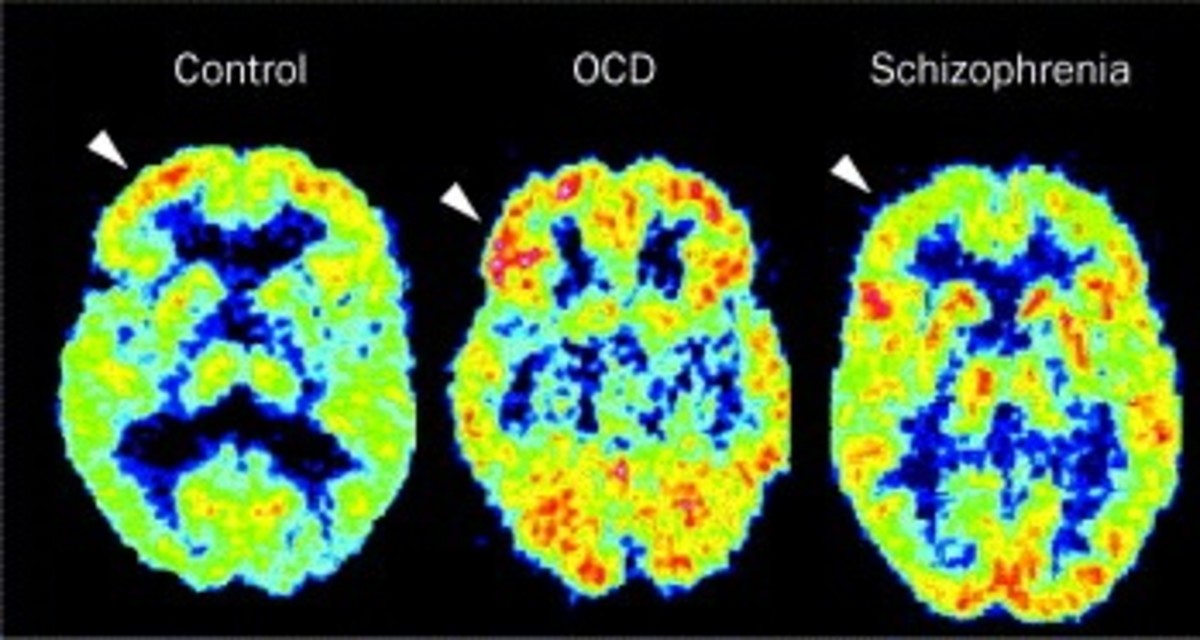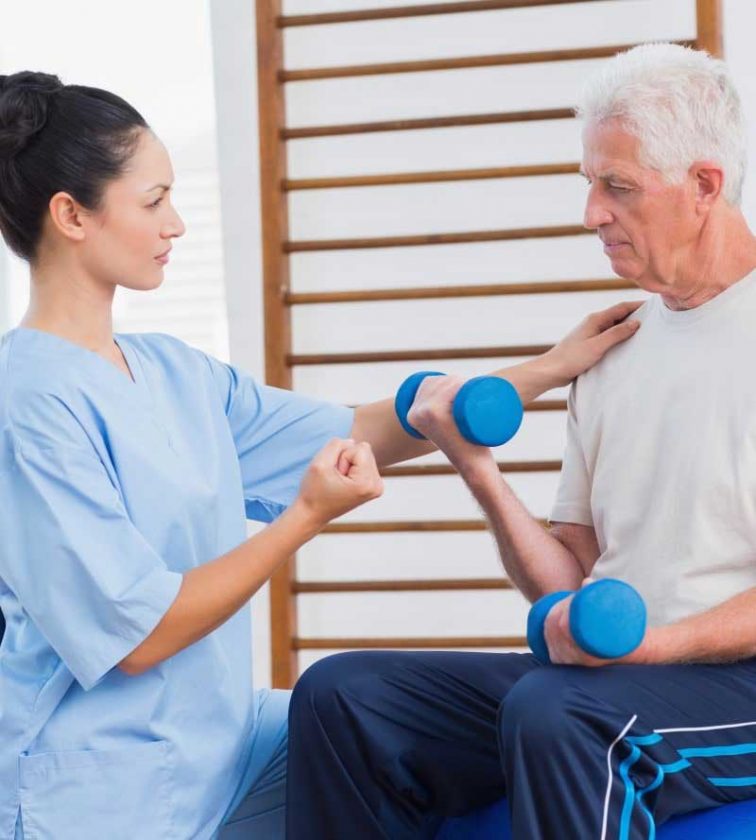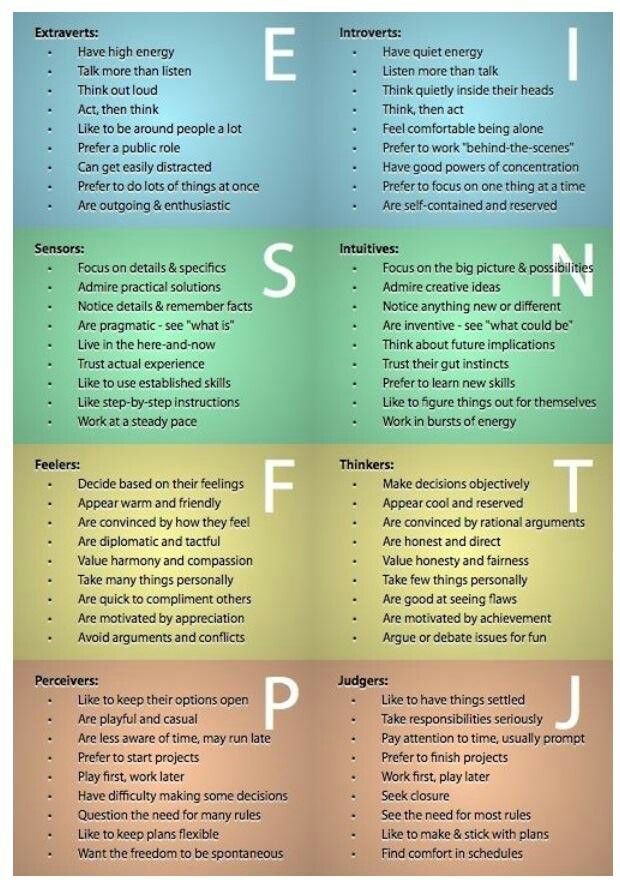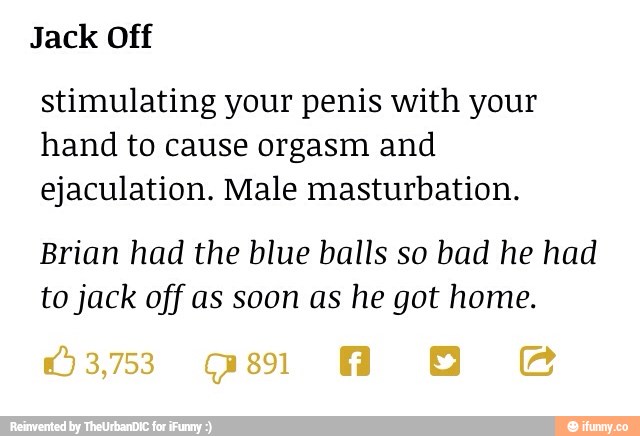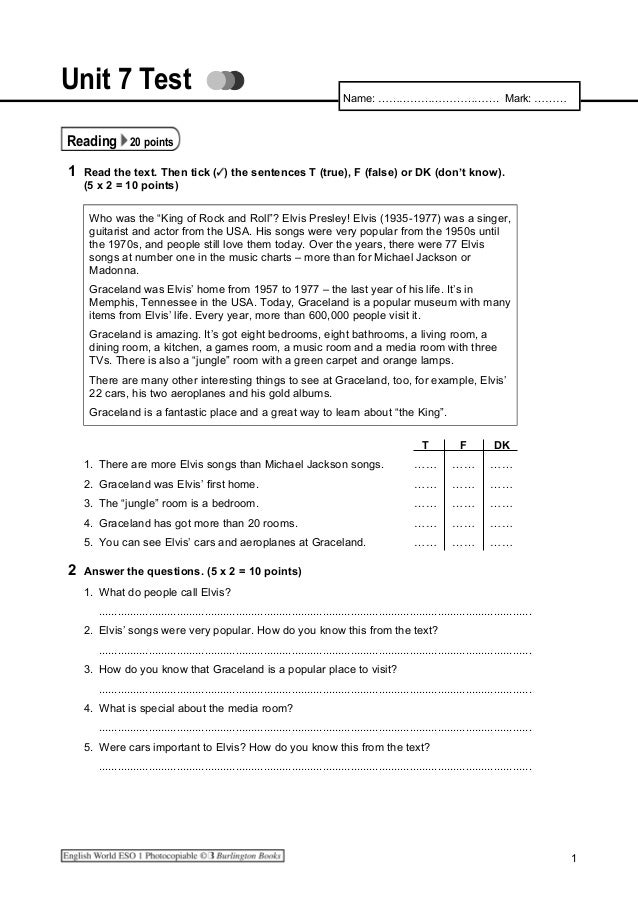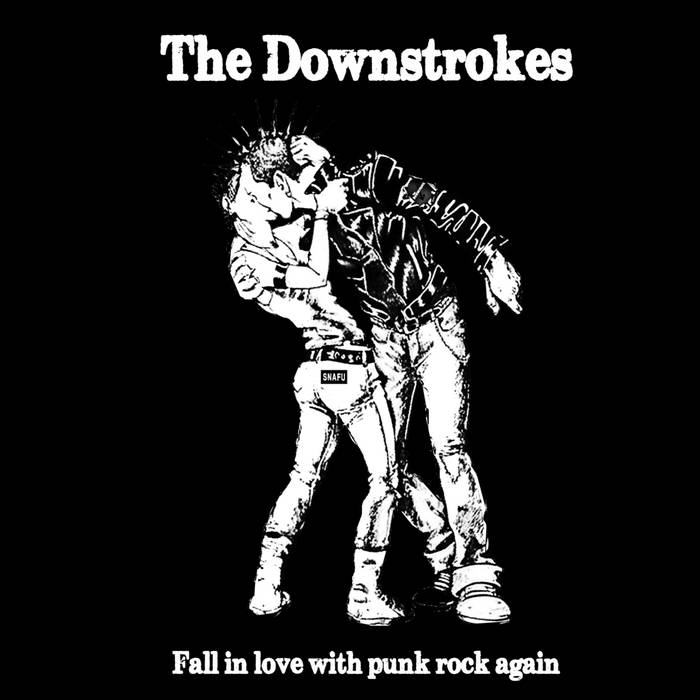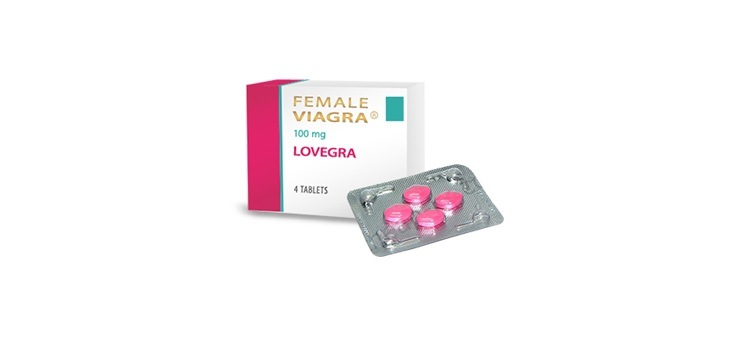Cardio for anxiety
Exercise for Stress and Anxiety
The physical benefits of exercise — improving physical condition and fighting disease — have long been established, and physicians always encourage staying physically active.
Exercise is also considered vital for maintaining mental fitness, and it can reduce stress. Studies show that it is very effective at reducing fatigue, improving alertness and concentration, and at enhancing overall cognitive function. This can be especially helpful when stress has depleted your energy or ability to concentrate.
When stress affects the brain, with its many nerve connections, the rest of the body feels the impact as well. Or, if your body feels better, so does your mind. Exercise and other physical activity produce endorphins — chemicals in the brain that act as natural painkillers — and also improve the ability to sleep, which in turn reduces stress.
Scientists have found that regular participation in aerobic exercise has been shown to decrease overall levels of tension, elevate and stabilize mood, improve sleep, and improve self-esteem. About five minutes of aerobic exercise can begin to stimulate anti-anxiety effects.
Relationship of Exercise to Anxiety Disorders
Stress and anxiety are a normal part of life, but anxiety disorders, which affect 40 million adults, are the most common psychiatric illnesses in the U.S. The benefits of exercise may well extend beyond stress relief to improving anxiety and related disorders.
Psychologists studying how exercise relieves anxiety and depression suggest that a 10-minute walk may be just as good as a 45-minute workout. Some studies show that exercise can work quickly to elevate depressed mood in many people. Although the effects may be temporary, they demonstrate that a brisk walk or other simple activity can deliver several hours of relief, similar to taking an aspirin for a headache.
Science has also provided some evidence that physically active people have lower rates of anxiety and depression than sedentary people. Exercise may improve mental health by helping the brain cope better with stress. In one study, researchers found that those who got regular vigorous exercise were 25 percent less likely to develop depression or an anxiety disorder over the next five years.
In one study, researchers found that those who got regular vigorous exercise were 25 percent less likely to develop depression or an anxiety disorder over the next five years.
Exercise as Part of Therapy
According to some studies, regular exercise works as well as medication for some people to reduce symptoms of anxiety and depression, and the effects can be long lasting. One vigorous exercise session can help alleviate symptoms for hours, and a regular schedule may significantly reduce them over time.
Although exercise has a positive effect for most people, some recent studies show that for some, exercise may not have a positive effect on anxiety or depression or may not make a strong impact on long-term mental health.
Like all forms of therapy, the effect can vary: Some people may respond positively, others may find it doesn’t improve their mood much, and some may experience only a modest short-term benefit. Nonetheless, researchers say that the beneficial effects of exercise on physical health are not in dispute, and people should be encouraged to stay physically active.
Resources - ADAA Member Experts
- Exercise May Help to Fend Off Depression - NY Times article
- How Exercise Helps with Depression - Refinery.com article
- COVID-19 Lockdown and Sports - How to Reduce Anxiety - blog post
Read all about it: Exercise for Mood and Anxiety, Proven Strategies for Overcoming Depression and Enhancing Well-Being, by Michael W. Otto, PhD, and Jasper A.J. Smits, PhD (Oxford University Press, 2011)
Fitness Tips: Stay Healthy, Manage Stress
The most recent federal guidelines for adults recommend at least 2½ hours of moderate-intensity physical activity (e.g. brisk walking) each week, 1¼ hours of a vigorous-intensity activity (such as jogging or swimming laps), or a combination of the two.
If you have an exercise program already, keep up the good work. If not, here are tips to get you started.
- 5 X 30: Jog, walk, bike, or dance three to five times a week for 30 minutes.

- Set small daily goals and aim for daily consistency rather than perfect workouts. It's better to walk every day for 15-20 minutes than to wait until the weekend for a three-hour fitness marathon. Lots of scientific data suggests that frequency is most important.
- Find forms of exercise that are fun or enjoyable. Extroverted people often like classes and group activities. People who are more introverted often prefer solo pursuits.
- Distract yourself with an iPod or other portable media player to download audiobooks, podcasts, or music. Many people find it’s more fun to exercise while listening to something they enjoy.
- Recruit an “exercise buddy.” It's often easier to stick to your exercise routine when you have to stay committed to a friend, partner, or colleague.
- Be patient when you start a new exercise program. Most sedentary people require about four to eight weeks to feel coordinated and sufficiently in shape so that exercise feels easier.
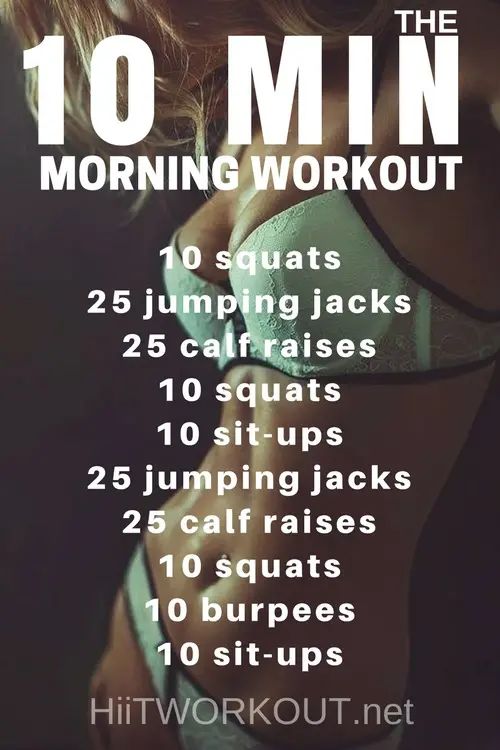
Cold Weather Exercise
Learn more about exercising in cold weather.
- Dress in layers. Exercise in layers that you can remove as you start to sweat and put back on as needed.
- Protect your hands, feet, and ears. Make sure your extremities aren warm and wear gloves, socks, and headbands to prevent frostbite.
- Pay attention to weather conditions and wind chill. Rain and wind can make you even more vulnerable to the effects of the cold. If the temperature is below zero degrees and the wind chill is extreme, consider taking a break or finding an indoor activity.
- Choose appropriate gear. It gets dark earlier in the winter, so be sure to wear reflective clothing. Wear shoes with enough traction to prevent falls in snow or ice.
- Remember sunscreen. It's just as easy to get burned in the winter as in summer, so don't forget the SPF.
- Head into the wind. Plan your route so the wind is at your back toward the end of your workout to prevent getting a chill after working up a sweat.
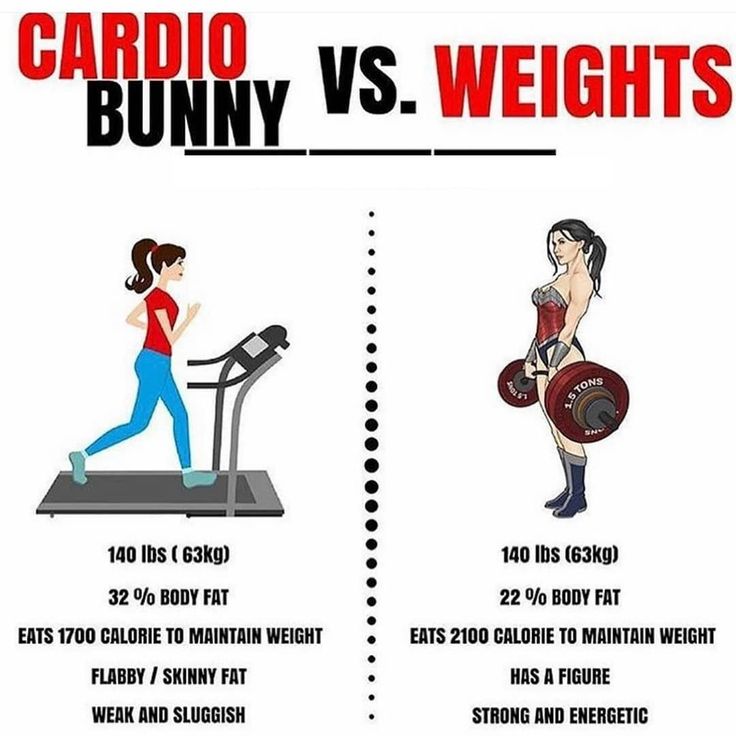
- Drink plenty of fluids. It can be harder to notice the symptoms of dehydration in cold weather, so drink fluids before, during, and after a workout, even if you're not thirsty.
- Know the signs of frostbite and hypothermia. Know the signs and get help immediately to prevent frostbite and hypothermia.
Can exercise help treat anxiety?
Chances are good that you, or someone you know, is dealing with anxiety. One in five Americans over 18, and one in three teenagers 13 to 18, reported having a chronic anxiety disorder during the past year. And when I talk to college students, they’re not at all surprised that a whopping 63% of students felt tremendous anxiety during their freshman year, according to a report by the National College Health Association.
The toll of anxiety can be high: it increases a person’s risk for other psychiatric disorders like depression, and can contribute to diabetes and cardiovascular problems. One sobering study shows that people with anxiety tend to be more sedentary and do less intense forms of physical activity, if any.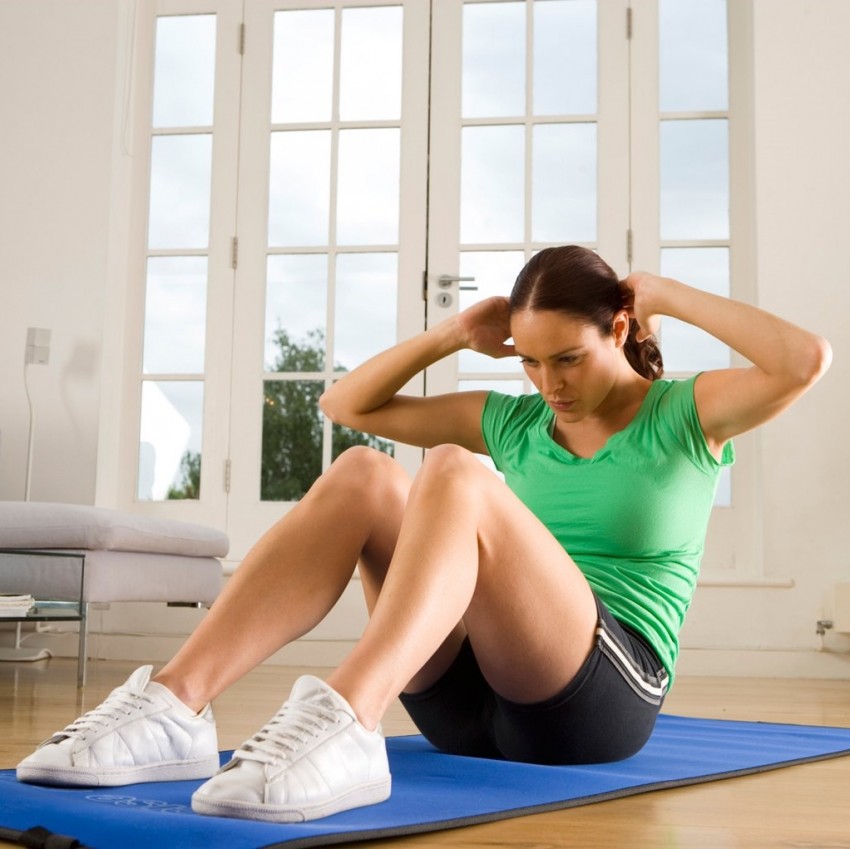 That’s ironic, because lacing up your sneakers and getting out and moving may be the single best nonmedical solution we have for preventing and treating anxiety.
That’s ironic, because lacing up your sneakers and getting out and moving may be the single best nonmedical solution we have for preventing and treating anxiety.
As a psychiatrist who studies the effects of exercise on the brain, I’ve not only seen the science, I’ve witnessed firsthand how physical activity affects my patients. Research shows aerobic exercise is especially helpful. A simple bike ride, dance class, or even a brisk walk can be a powerful tool for those suffering from chronic anxiety. Activities like these also help people who are feeling overly nervous and anxious about an upcoming test, a big presentation, or an important meeting.
How does exercise help ease anxiety?
- Engaging in exercise diverts you from the very thing you are anxious about.
- Moving your body decreases muscle tension, lowering the body’s contribution to feeling anxious.
- Getting your heart rate up changes brain chemistry, increasing the availability of important anti-anxiety neurochemicals, including serotonin, gamma aminobutyric acid (GABA), brain-derived neurotrophic factor (BDNF), and endocannabinoids.

- Exercise activates frontal regions of the brain responsible for executive function, which helps control the amygdala, our reacting system to real or imagined threats to our survival.
- Exercising regularly builds up resources that bolster resilience against stormy emotions.
The details
So exactly how much exercise does one need to protect against episodes of anxiety and anxiety disorders? While pinpointing this is not easy, a recent meta-analysis in the journal Anxiety-Depression found that people with anxiety disorders who reported high-level physical activity were better protected against developing anxiety symptoms than those who reported low physical activity. Bottom line: when it comes to treating anxiety, more exercise is better.
If you’re just starting out, don’t despair. Some research also shows that just a single bout of exercise can help ease anxiety when it strikes.
Which type of exercise you choose may not matter greatly. Studies point to the effectiveness of everything from tai chi to high-intensity interval training. People experienced improvement no matter which types of activity they tried. Even general physical activity is helpful. The important thing is to try activities and keep doing them.
Studies point to the effectiveness of everything from tai chi to high-intensity interval training. People experienced improvement no matter which types of activity they tried. Even general physical activity is helpful. The important thing is to try activities and keep doing them.
To maximize the benefits:
- Choose something enjoyable so you will do it repeatedly, building resilience.
- Work toward getting your heart rate up.
- Work out with a friend or in a group to reap the added benefit of social support.
- If possible, exercise in nature or green space, which further lowers stress and anxiety.
While scientific studies are important, you don’t need to consult a chart, statistics, or an expert to know how good you feel after working up a sweat. Remember those feelings and use them as motivation to do something physical every day. Time to get up and get moving!
Follow me on Twitter @jratey
As a service to our readers, Harvard Health Publishing provides access to our library of archived content. Please note the date of last review or update on all articles.
Please note the date of last review or update on all articles.
No content on this site, regardless of date, should ever be used as a substitute for direct medical advice from your doctor or other qualified clinician.
Heart alarm - For a healthy lifestyle! - Articles - Center of Modern Cardiology
Very often people complain of pain in the heart, but it turns out that the stomach hurts, suffers from osteochondrosis or stress has led to the development of depression. And the development of a heart attack is not recognized, they are attributed to the same stomach, osteochondrosis or even toothache. How to figure it out? Let's try to help.
angina pectoris. That was the name in the old days of the disease that we now call angina pectoris. A heart attack usually begins with a pressing or burning pain in the center of the chest (doctors say "behind the sternum") during exercise or stress, although it can develop at rest.
The pain is quite intense, can radiate to the lower jaw, shoulders and arms (more often to the left, but possibly both), to the neck, throat and back.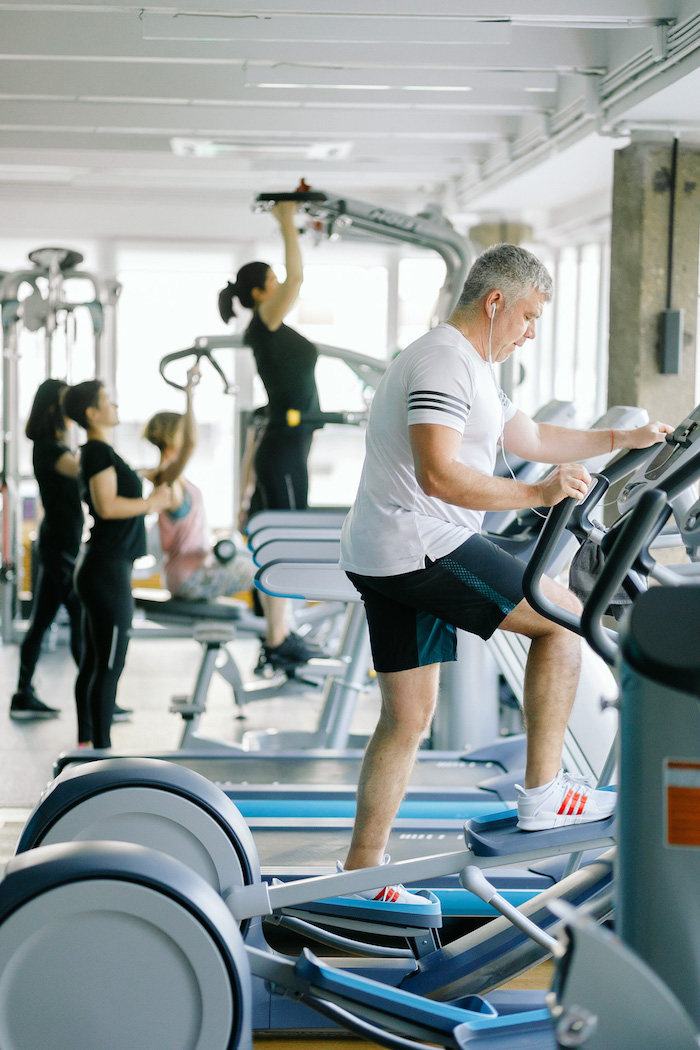 Sometimes it disguises itself as bursting pains in the same areas or pains in the stomach (upper abdomen - epigastrium), simulating an intestinal disorder. The pain disappears at rest in a few minutes, and if you put a nitroglycerin tablet under the tongue (or spray a spray containing nitroglycerin) - almost instantly.
Sometimes it disguises itself as bursting pains in the same areas or pains in the stomach (upper abdomen - epigastrium), simulating an intestinal disorder. The pain disappears at rest in a few minutes, and if you put a nitroglycerin tablet under the tongue (or spray a spray containing nitroglycerin) - almost instantly.
If such pain lasts longer than 20-30 minutes and its intensity increases, the development of a heart attack is not excluded. Timely assistance significantly reduces the risk of dying from a heart attack, so you need to call an ambulance team as soon as possible. Recording an ECG in a heart attack almost always helps to make a diagnosis.
Heart attack cancelled. Very often, young women come to the doctor with complaints of pain in the heart. How could it be otherwise, because through the heart we pass all our troubles, worries and joys. In this case, there is usually no cause for alarm.
In young women, "heart pain" is often functional, meaning it is not caused by angina pectoris.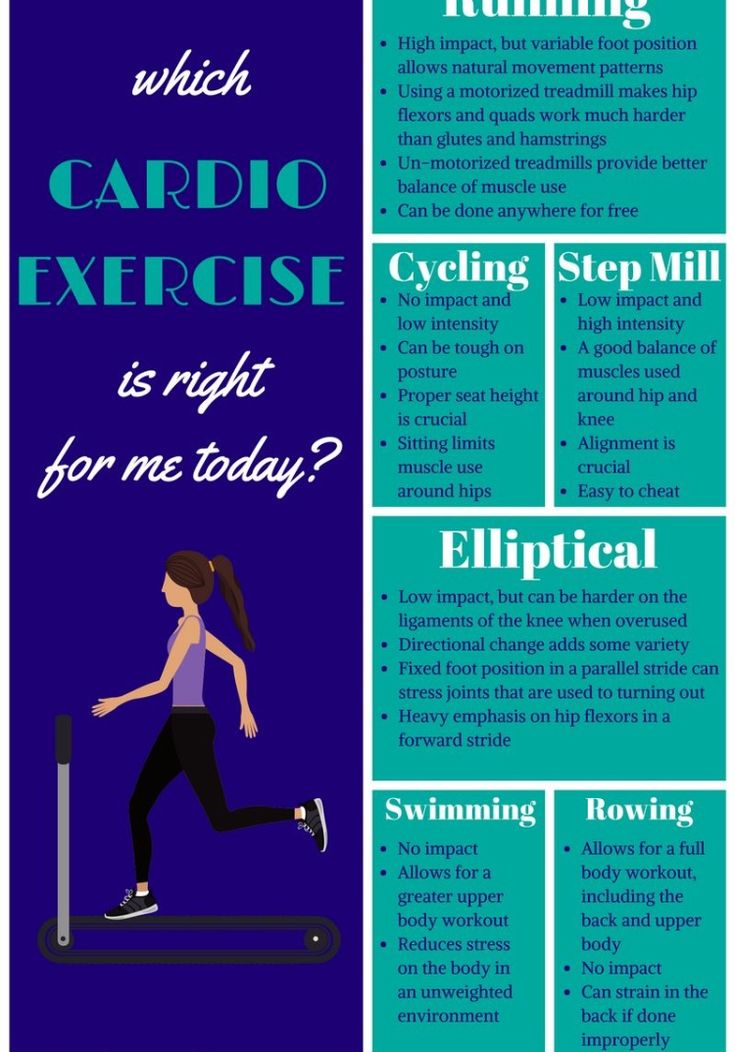 Female sex hormones protect blood vessels from the formation of atherosclerotic plaques. And if you look, “heart” pains bother women not in the area where “angina pectoris” likes to settle, but in the left half of the chest, in the armpit or under the left breast. They are, as a rule, in the nature of discomfort, stabbing or aching pain, and can last from half an hour to several hours or even days.
Female sex hormones protect blood vessels from the formation of atherosclerotic plaques. And if you look, “heart” pains bother women not in the area where “angina pectoris” likes to settle, but in the left half of the chest, in the armpit or under the left breast. They are, as a rule, in the nature of discomfort, stabbing or aching pain, and can last from half an hour to several hours or even days.
These feelings arise for various reasons. Stress, sleep deprivation, overwork, premenstrual periods…and, as a result, an anxiety or depressive disorder. The skeletal muscles are tense, on the shoulders they are compacted into painful lumps - “lumps of nerves”! Sometimes it is enough to have a short, but good rest, pleasant emotions.
In more serious cases, one has to seek help from a neurologist , a psychotherapist. Remember: the longer the depression lasts, the more difficult it is for the doctor to completely relieve you of discomfort, sleep disturbances and bad mood.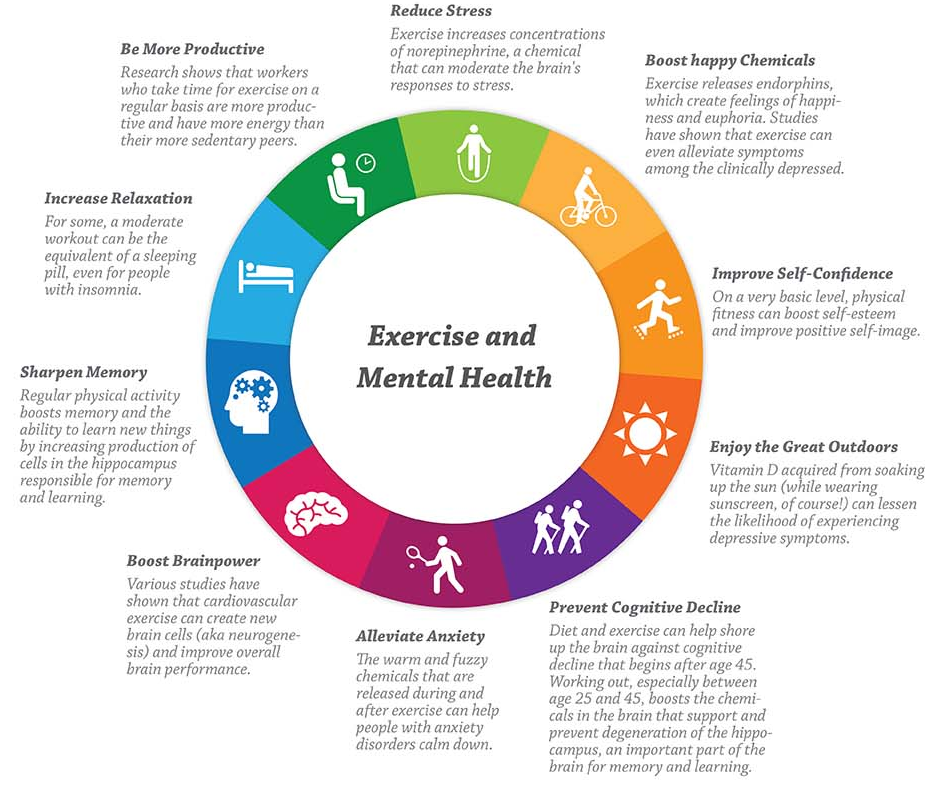 However, in addition to stress, other reasons can lead to pain in the “heart area”.
However, in addition to stress, other reasons can lead to pain in the “heart area”.
"Bouquet of diseases". Osteochondrosis, a disease of sedentary people, leads to pinching of the nerve roots and the development of pain. If the thoracic spine is involved, then it is the heart that falls under the patient's suspicion - it pricks and pierces, lies on the chest with a lump or stone, catches with inhalations and sharp turns of the body, and aches for hours.
If such sensations occur during strong excitement, then the full impression of a heart attack can be formed. But the true cause of the pain in this case is the tension of the muscles of the neck and back. Unlike an attack of angina, which is quickly relieved by nitroglycerin, pain medications, massage, kneading the back with hydromassage jets can help, shock wave therapy. During examination, changes in the vertebrae can be found on an x-ray of the spine. But the ECG, even at the time of the most intense neuralgic pain, will be normal.
Chest pain may occur during a cold if it is complicated by bronchitis. Coughing can add discomfort, since already on the second day of a hacking cough, in addition to the bronchi, pectoral muscles will add to the pain. If the cold is complicated by pneumonia and pleurisy, then with a deep breath and exhalation, changes in pain can be noticed. The pain increases with inhalation, when the lungs straighten and “rub” against the inflamed pleura, and decreases with exhalation.
The doctor will recommend an x-ray of the lungs, listen with a phonendoscope for wheezing in the lungs.
Do not forget about the stomach, pancreas and gallbladder. A common cause of chest pain is intercostal neuralgia, herpes zoster, and in women - mastopathy. Regular palpations of the mammary glands must be carried out by women after 30-35 years of age, and if there is pain or induration, consult a doctor who will most likely refer you to an ultrasound of the mammary glands and mammography.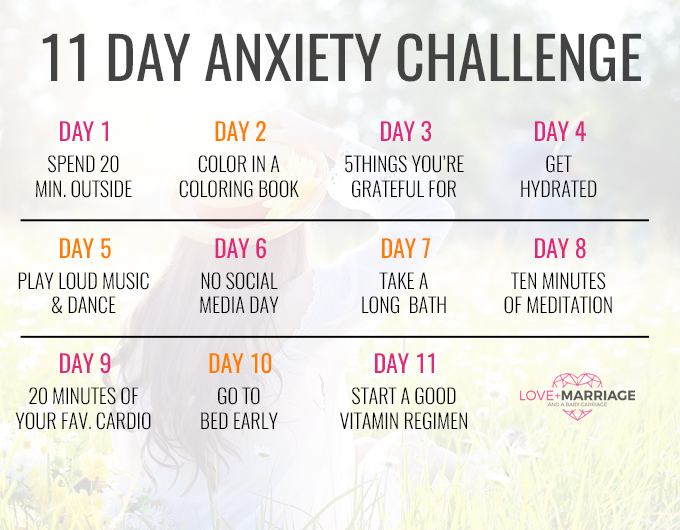
Gender matters, because it is in women that “heart pain” during examination turns out to be a mask of other diseases, and in men over 40 any “gastritis, osteochondrosis attack or sore tooth” may turn out to be a first-time developed heart attack. A timely visit to the doctor is necessary if the heart is at risk.
On the other hand, all the pains in the chest should not be blamed on the poor heart either.
Let's try to figure it out, analyze our feelings and try to distinguish between an attack that can threaten health and functional pain.
- Stitching or aching pain in the left side of the chest, which does not give anywhere?
- The pain begins and goes away gradually, lasts a long time, for hours, and even days, if you are stressed?
- Physical activity does not cause or increase discomfort in the heart area, and sometimes even relieves it?
- The pain does not go away after taking nitroglycerin, but subsides with sedatives?
If you answered “yes” to most of the questions, you probably don't have to worry about your heart.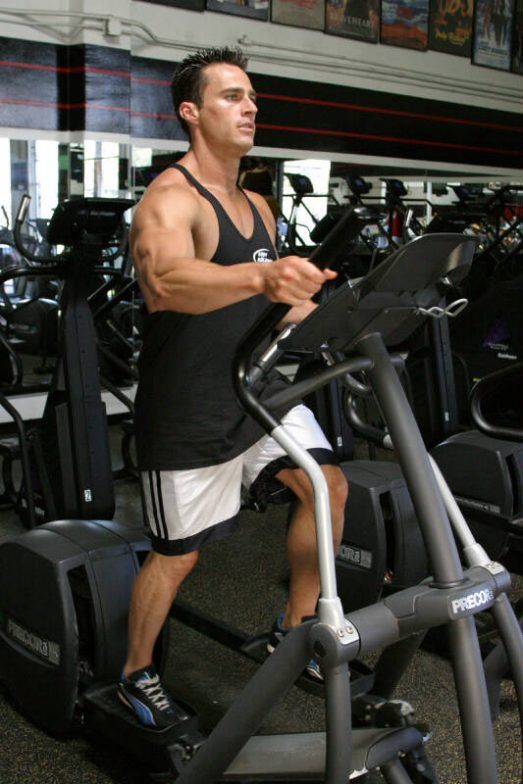 If so, complete the Hospital Anxiety and Depression Scale (HADS) and the CES-D questionnaire. Perhaps the stresses in your life have led to the development of depression and the consultation of a psychotherapist will relieve your "heart anxiety".
If so, complete the Hospital Anxiety and Depression Scale (HADS) and the CES-D questionnaire. Perhaps the stresses in your life have led to the development of depression and the consultation of a psychotherapist will relieve your "heart anxiety".
Depression and physical activity: ru_psiholog — LiveJournal
Good afternoon, dear accomplices!I came across an interesting article on how lifestyle affects depression and anxiety (the full text is googled under the title "Proper nutrition and fitness against depression." Links to studies are in the original article, those who wish can read).
Specifically describes how physical activity can help manage anxiety. Here are excerpts:
Anxiety
The largest observational population study in Norway, Europe and the USA showed that 20-25% of people suffer from some form of anxiety throughout their lives. More than 10% experience anxiety all the time. Its most common forms are specific phobias (fear associated with certain situations or objects) and social phobia (fear of being surrounded by people in general or in certain situations).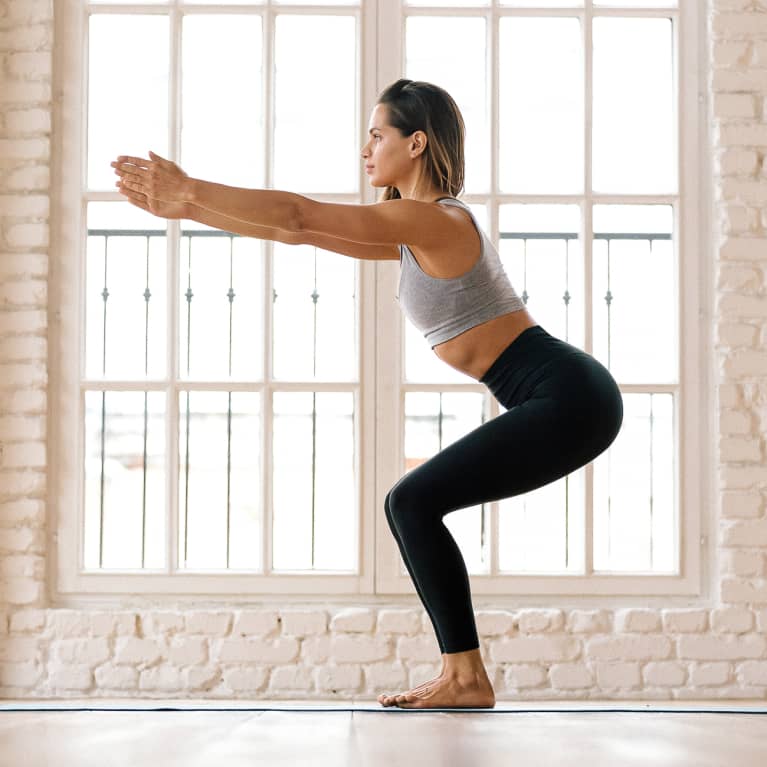 More severe manifestations of anxiety are less common. About 5% of people experience post-traumatic stress disorder at some point. About 4% suffer from generalized anxiety disorder, which is characterized by anxiety, worries about the future and restlessness. 2.3% have panic disorder and 1% have obsessive-compulsive disorder (2).
More severe manifestations of anxiety are less common. About 5% of people experience post-traumatic stress disorder at some point. About 4% suffer from generalized anxiety disorder, which is characterized by anxiety, worries about the future and restlessness. 2.3% have panic disorder and 1% have obsessive-compulsive disorder (2).
At the same time, anxiety and depression are linked, and many people suffering from anxiety, sooner or later meet with depression. Moreover, generalized anxiety disorder is associated with depression.
A growing body of scientific literature shows that exercise improves anxiety symptoms (3). Some studies have found that regular exercise reduces psychological stress along with physical changes, and this effect is noticeable in both short and long-term training. At the same time, cardio training is being researched more often than strength training, but both types seem to alleviate anxiety symptoms. Interestingly, women are generally more receptive to reducing anxiety through exercise (4). Your best bet is to do workouts that you enjoy and that you can stick to (and improve on).
Your best bet is to do workouts that you enjoy and that you can stick to (and improve on).
Why exercise helps is not entirely clear. It is likely that high heart rate, high adrenaline, and rapid breathing may mimic the symptoms that occur during an anxiety attack. Thus, a person undergoes a controlled stress response and trains it, becoming more resistant to it in ordinary life.
Several studies have found that regular exercise reduces the sympathetic nervous system and improves the function of the hypothalamic-pituitary-adrenal system (5,6,7). As the name implies, this system consists of the brain regions of the hypothalamus and pituitary gland and is connected to the adrenal glands, glands that produce stress hormones. This system plays a key role in adapting to physical and mental stress (9). Dysregulation of this system has long been considered one of the possible causes of symptoms of depression and anxiety (10,11).
In people with increased anxiety, the function of the exchange of monoamine neurotransmitters is impaired. This means that the synthesis of serotonin, norepinephrine and adrenaline is not maintained at the correct level. Animal studies show that regular exercise increases the production of serotonin and norepinephrine in the brain, which has the same effect as antidepressants (although in any case, it is worth consulting with a psychotherapist first).
This means that the synthesis of serotonin, norepinephrine and adrenaline is not maintained at the correct level. Animal studies show that regular exercise increases the production of serotonin and norepinephrine in the brain, which has the same effect as antidepressants (although in any case, it is worth consulting with a psychotherapist first).
Depression
One study looked at whether running and strength training had the same effect on symptoms of depression (13). Forty women with depression trained four times a week for two months, using jogging and strength training. Depression levels were assessed at 1, 7 and 12 months. As a result, there was no fundamental difference between the two forms of physical activity, and depressive symptoms decreased in both.
Another study also compared cardio and strength training and found similar results (14). Another study found that physical activity alone reduced depression (15), and another study found running to be as effective as psychotherapy (16).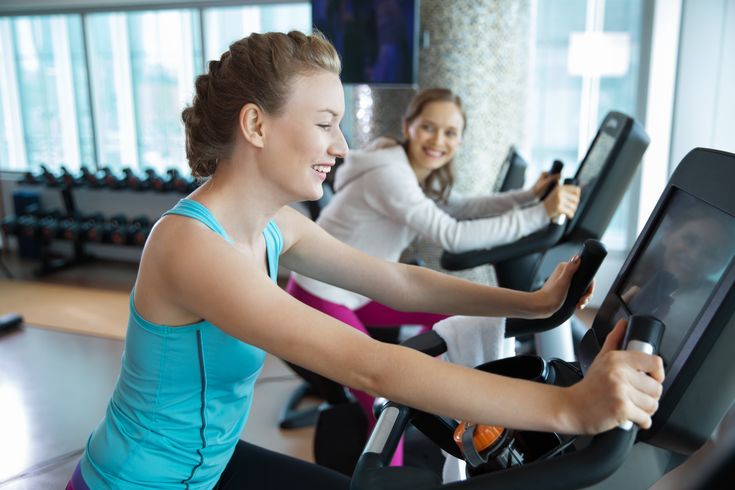
Physical education has both immediate and lasting effects. According to the most popular hypothesis, exercise stimulates the action of neurotransmitters: serotonin, dopamine and norepinephrine.
A meta-analysis on physical activity and depression found that:
- exercise had a moderate to large effect on depression compared to no intervention;
- pronounced and moderate effect compared to conventional treatment;
- in addition to antidepressants is a modest effect that is statistically significant (17).
At the same time, I consider it important to emphasize that the authors of the article do NOT consider physical activity a panacea, do not call for treating depression with sports, and do not oppose the use of antidepressants.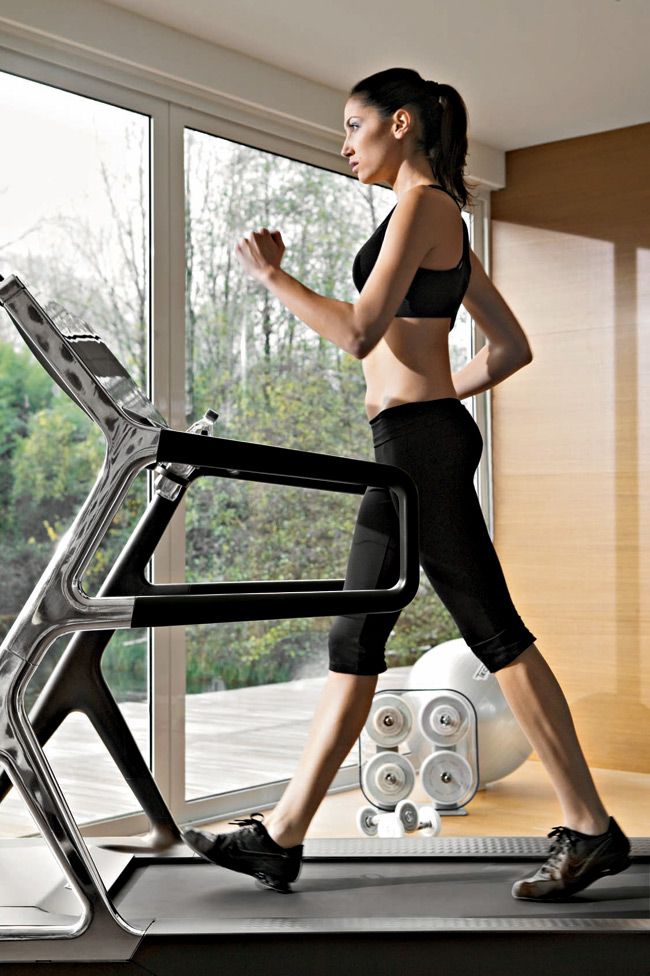
Learn more

